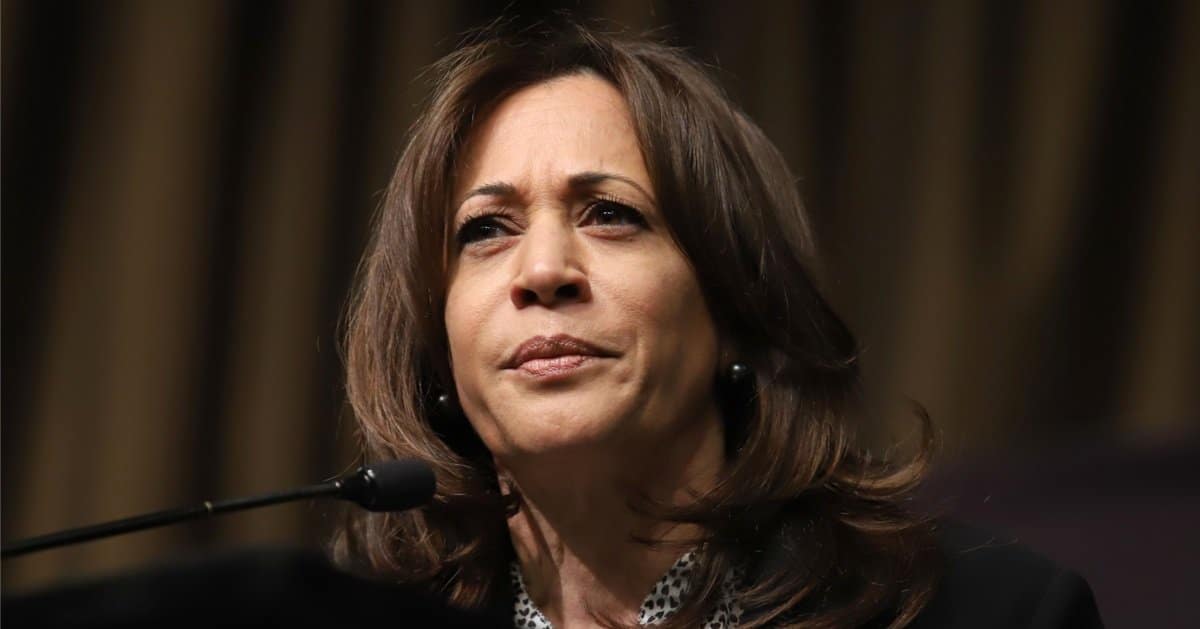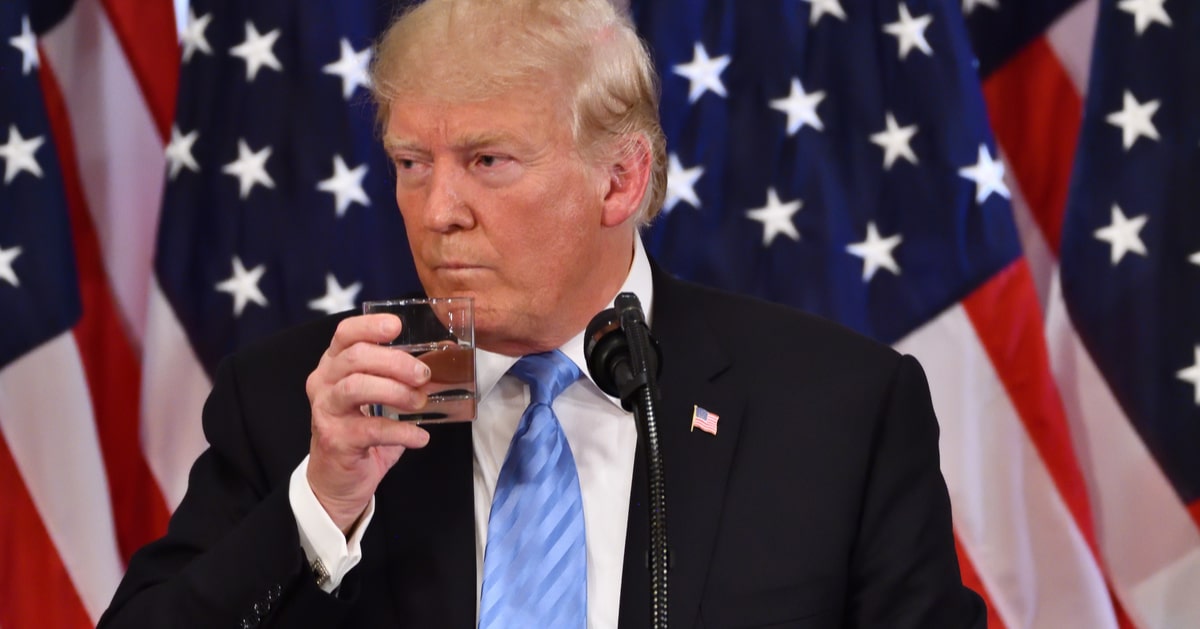





Connecticut’s classrooms face a funding crisis as the Trump administration halts $6.8 billion in federal education dollars. The state, joined by 24 others, is suing to unlock these critical funds. This move smells like bureaucratic overreach, but let’s unpack the details.
CT Insider reported that Connecticut and a coalition of states filed a lawsuit on July 14, 2025, targeting the Trump administration’s freeze on federal education funding. The withheld $6.8 billion, including $53.6 million for Connecticut, was meant to support schools nationwide.
The U.S. Department of Education announced the freeze on June 30, 2025, citing a review to align funds with President Trump’s priorities.
Schools expected these funds on July 1, 2025, for the 2025-26 school year. The sudden halt has left educators scrambling.
The funding freeze impacts nearly every Connecticut school district. Programs like summer school, after-school activities, and teacher training face cuts. English language instruction and the 21st Century Community Learning Centers are also at risk.
Connecticut’s $53.6 million loss stings local budgets. School districts had already planned around these approved funds. Pulling the rug out now feels like a betrayal of students and educators alike.
Attorney General William Tong called the cuts “draconian” and “catastrophic” at a Hartford press conference. “This is big money,” he declared, warning of widespread damage. Big money, sure, but is it the administration’s right to redirect it?
The lawsuit, backed by 24 states, demands that the court declare the freeze unlawful. It seeks to block any further delays in releasing the funds. Connecticut’s leaders argue the freeze violates established funding commitments.
Governor Ned Lamont and education leaders joined Tong to announce the lawsuit. Their unified front signals deep concern for students’ futures. Yet, one wonders if this is less about kids and more about scoring points against Trump.
The Trump administration’s review process raises eyebrows. Aligning funds with “priorities” sounds reasonable, but yanking approved dollars midstream disrupts trust. Schools aren’t chess pieces to be moved on a whim.
Tong’s office has filed over a dozen lawsuits against Trump’s policies since January 2025. From education to birthright citizenship, they’re not shy about sparring. This pattern suggests a broader ideological clash, not just a budget dispute.
Democratic state Rep. Jennifer Leeper called the cuts a “worst-case scenario.” Her alarm reflects the shock felt by educators statewide. But worst-case? That’s a bit dramatic when schools have faced lean years before.
The frozen funds hit programs like the Supporting Effective Instruction grant hard. These grants fuel professional development and student enrichment. Without them, teachers and kids lose opportunities to grow.
The administration’s freeze affects the Student Support and Academic Enrichment Program too. These initiatives bolster school safety and mental health resources. Cutting them now seems tone-deaf given rising concerns about student well-being.
Tong’s claim that $53 million in cuts will “do incredible damage” carries weight but invites scrutiny. Schools have weathered budget storms before; adaptability isn’t new. Still, the timing of this freeze couldn’t be worse for districts already stretched thin.



